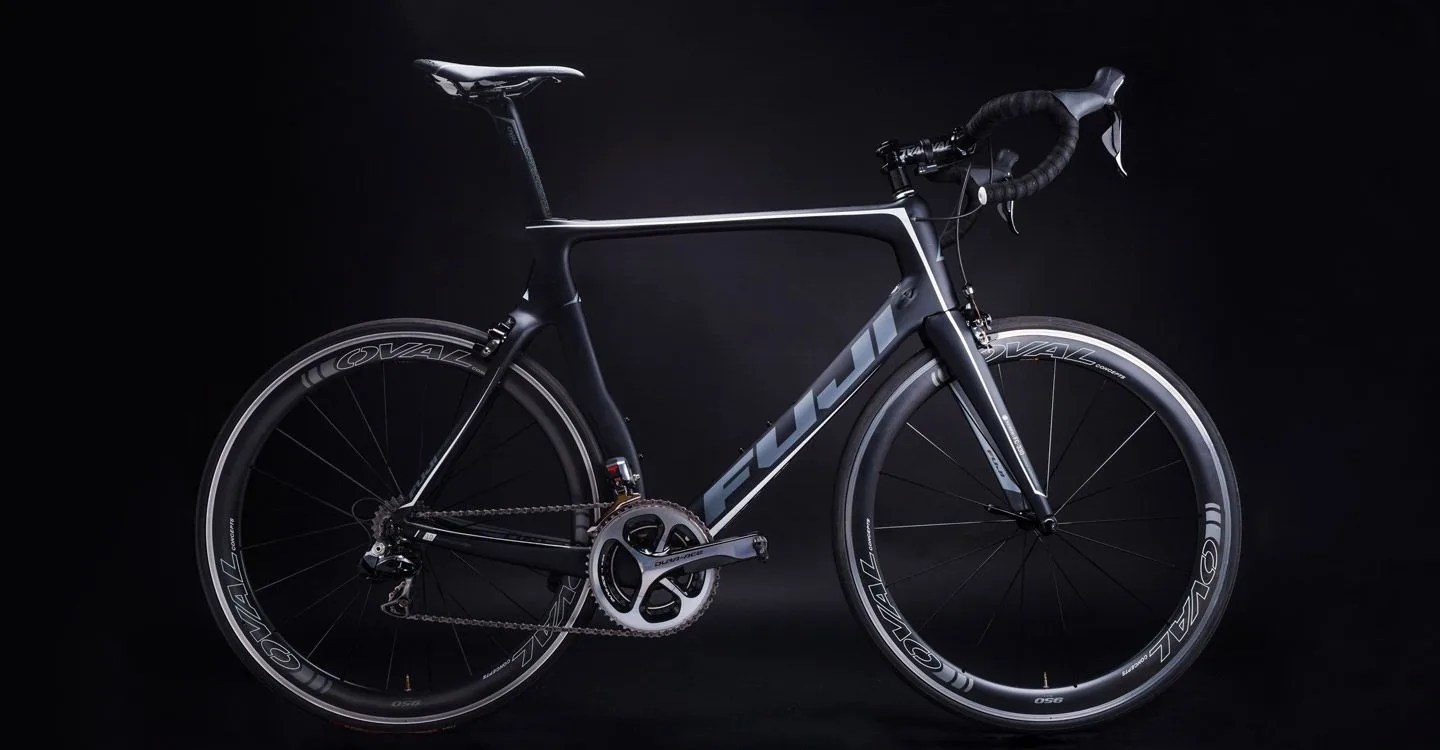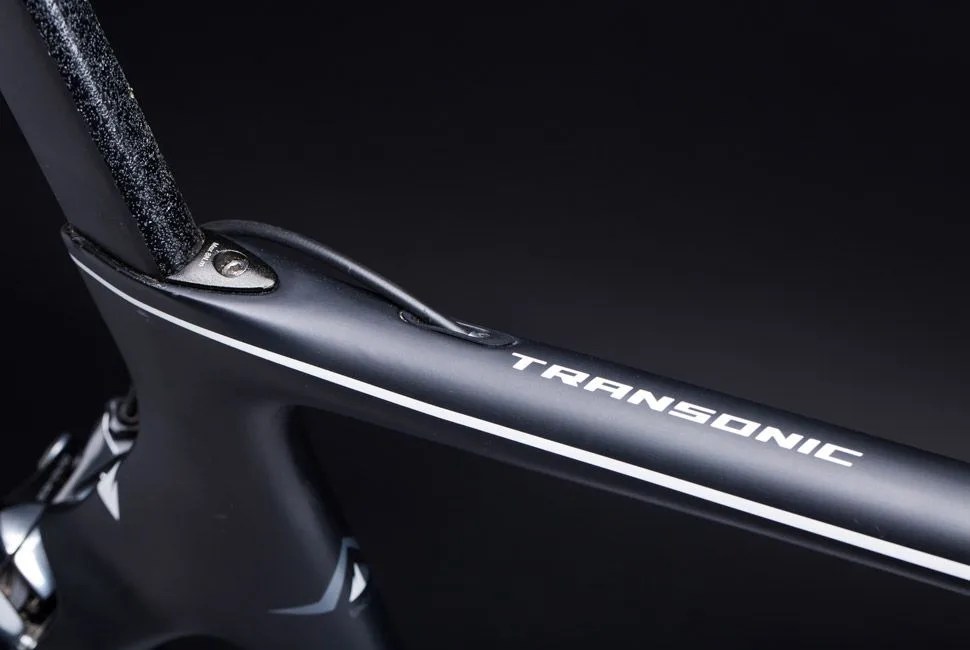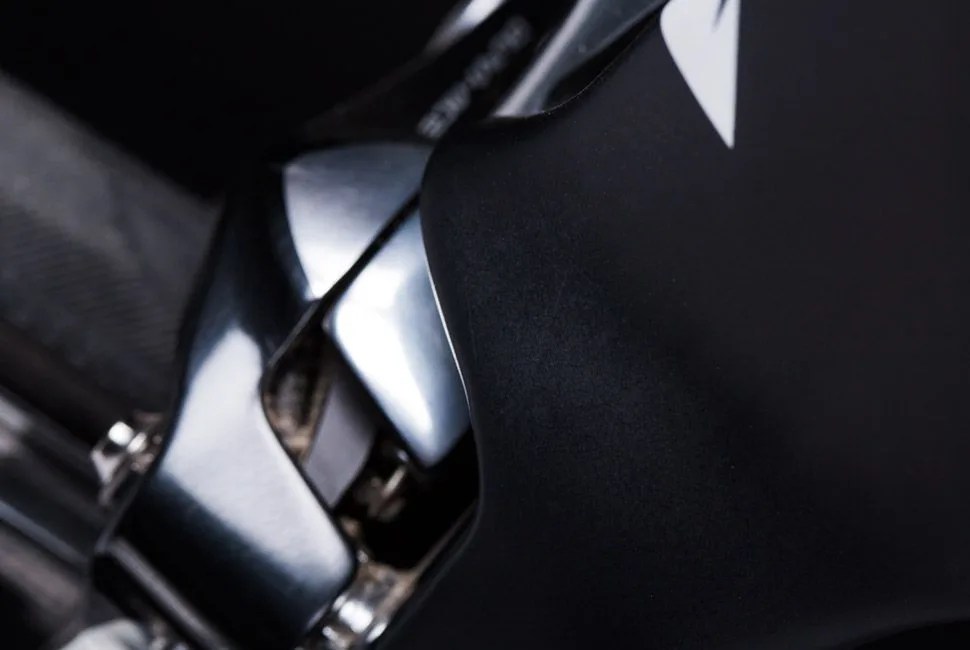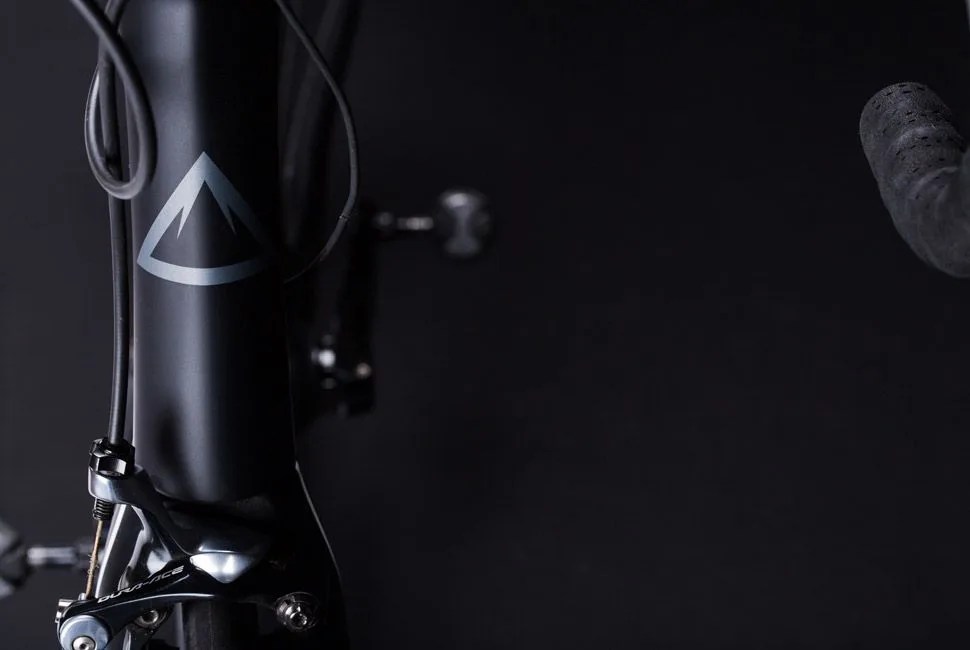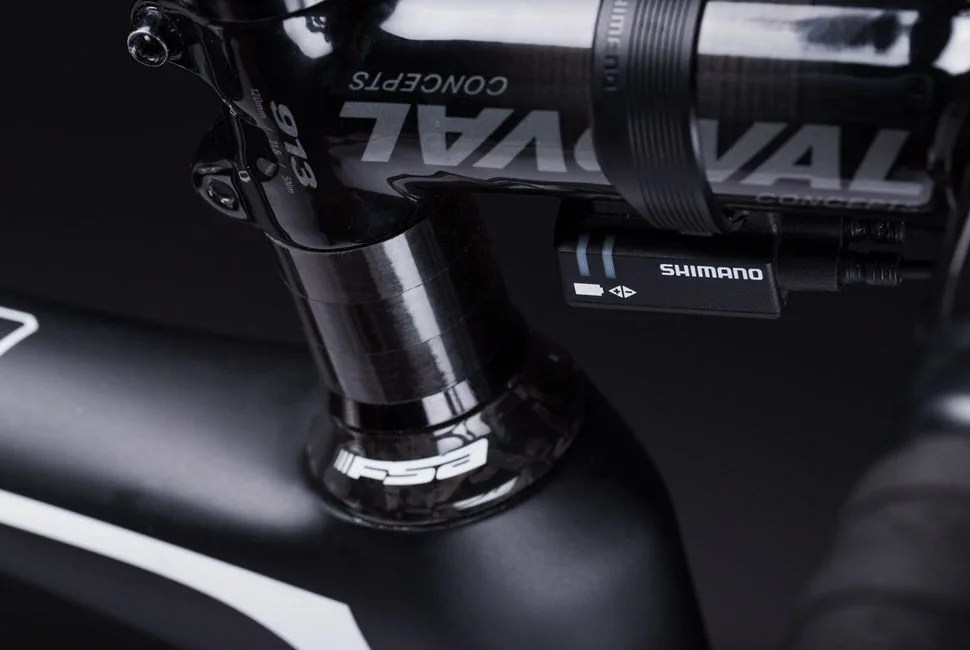The East Side Flats in Central Park snake past the back of the Met, then straighten out in the presence of the Gugg, shoot down past 90th, then curve back to the 97th Street Traverse. A left curve, at 86th, bends into the straightaway, a sweet spot for grabbing the drops and beginning to put serious power into the pedals. I did as much, early in the morning, on Fuji’s aero racer, the Transonic 1.1 ($5,999), and the bike ripped into the pavement, mixing the bare tree limbs, squirrels, park detritus, and other cyclists into nothing more than a blur.
Aero bikes are made for such moments of smooth pavement and straight, flat roads, and in that nine-block sprint, the Transonic let loose what would be dubbed by nearby observers the “Sonic Boom”; participating in snappy acceleration and steady increase in speed, it’s hard not to scream. Fuji, to their credit, has put together an aero bike of notable lightness and stiffness, that launches over segments of road with uncanny grace and speed. People will notice, you’ll notice, and your legs will notice — the bike gives them the credit they’re due.
The Route to Ride
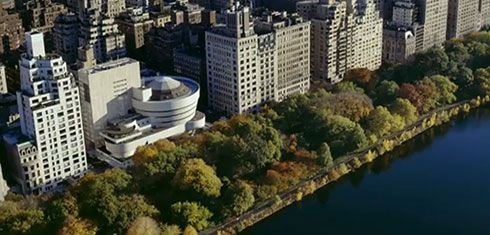
The highest riding pleasure I found in the weeks of testing the Transonic was in the early mornings on the straightaways of Central Park. The loop offers just few enough hills to save the legs for some sprint intervals, and I found every crosswalk a new starting line to see how quickly the bike would let loose and tear up pavement. strava.com
The source of the speed is twofold: the stiffness of the frame, and the aero elements fine-tuned in the wind tunnel during Fuji’s research on their track bike, the Track Elite and their TT bike, the Norcom Straight. For stiffness, the 1.1 gets ultra high-modulus C10 carbon, shaped in wide, swooping tubes (carbon fiber can be made stiffer when it avoids sharp angles), and although this creates a small compromise in the bike’s aerodynamics, it increases stiffness, and that result is palpable on the bike. The Transonic doesn’t lack in rigidity.
The bike’s aero elements include internal cabling, an internal seat bolt, an internal battery for the Di2, extensive frame contouring and above-expected thoughtfulness with brake integration: the front fork is contoured to match the shape of the direct-mounted brake, and the rear offers a direct-mounted brake on the seatstay, rather than under the chainstay. This, another small compromise in aerodynamics, makes access and adjustments to the rear brake significantly easier. Fuji, in many ways, seems content to take a small hit to “ultimate aerodynamics” in order to make a better bike, comprehensively speaking.
